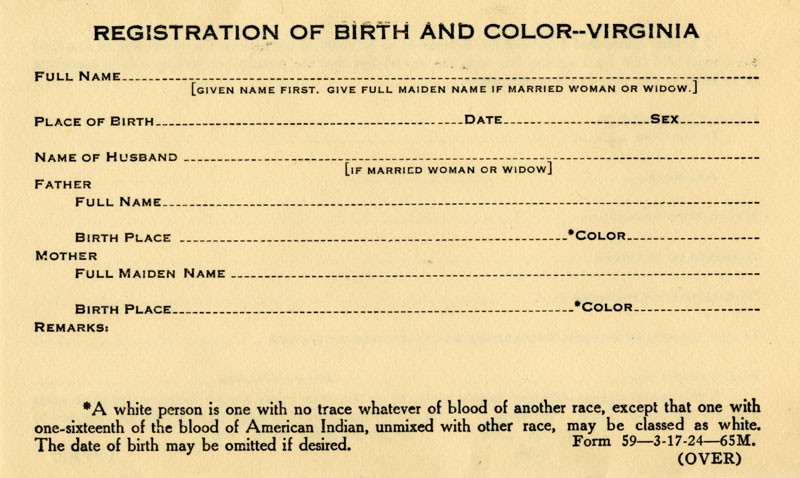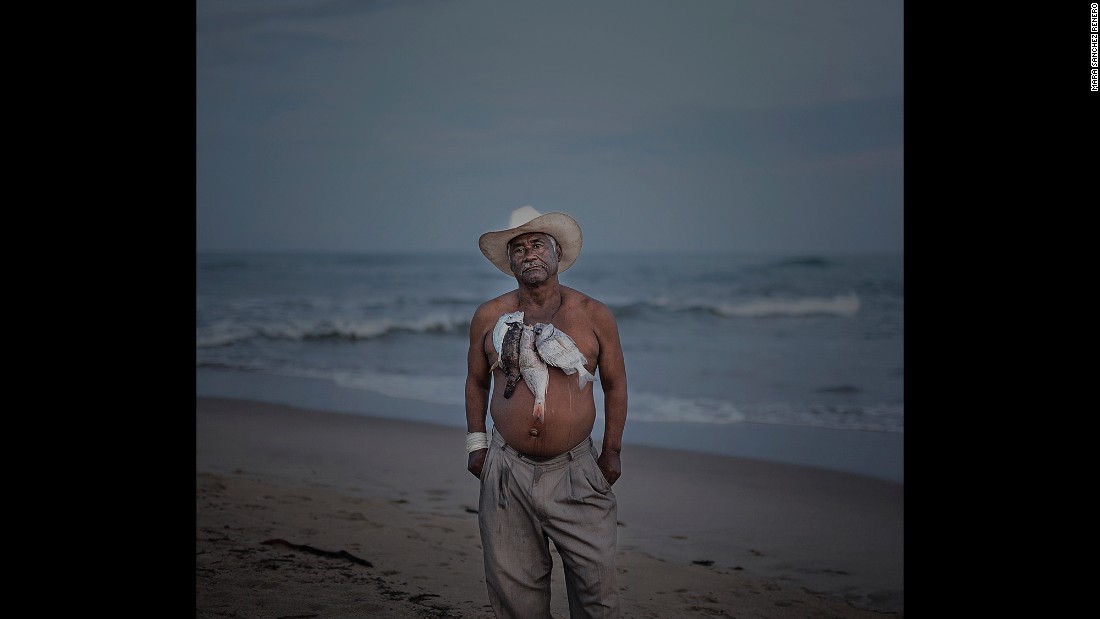This Instagram Project is Giving a Voice to the “Blaxican” ExperiencePosted in Anthropology, Articles, Arts, Latino Studies, Media Archive, United States on 2015-08-02 02:15Z by Steven |
This Instagram Project is Giving a Voice to the “Blaxican” Experience
Remezcla
2015-07-28
The history of race in the United States is often told in terms of black and white, a binary that leaves many out of the equation. “Blaxican” researcher Walter Thompson-Hernandez is trying to expand the conversation, with a project that features people who, like him, are African-American and Mexican. As part of a research project for the Center for the Study of Immigrant Integration at USC, where he works, he began interviewing people of “Blaxican” identity. The personal stories inspired him to take his project beyond academia and onto social media. So he started Blaxicans of L.A. on Instagram to share what he was seeing firsthand.
Blaxicans are dual minorities,” he told the Los Angeles Times. “We represent two of the largest ethnic minority groups. And I think because Blaxicans represent two of the most aggrieved groups in Los Angeles, it’s important to understand that certain sets of issues and challenges that have been traditionally labeled as African American or Latino, ultimately, do not exist for people who self-identify as Blaxicans.” They are affected by both the killings of unarmed black men by police and mass deportations…
Read the entire article here.



